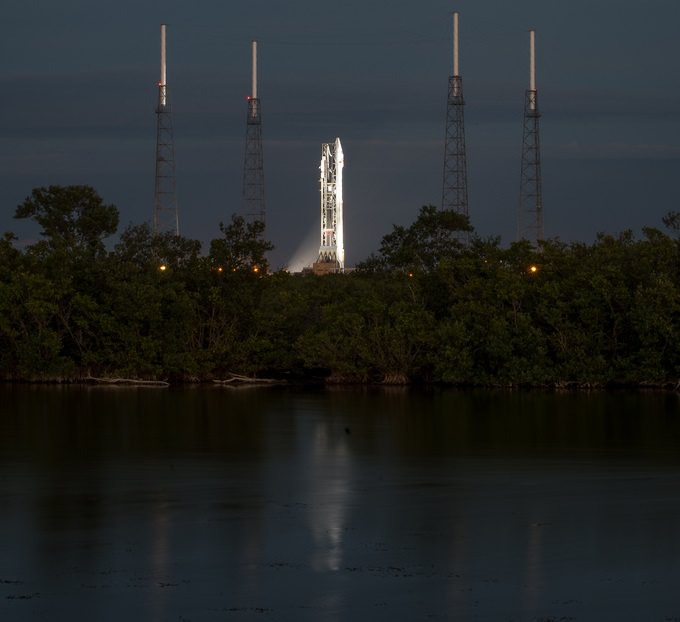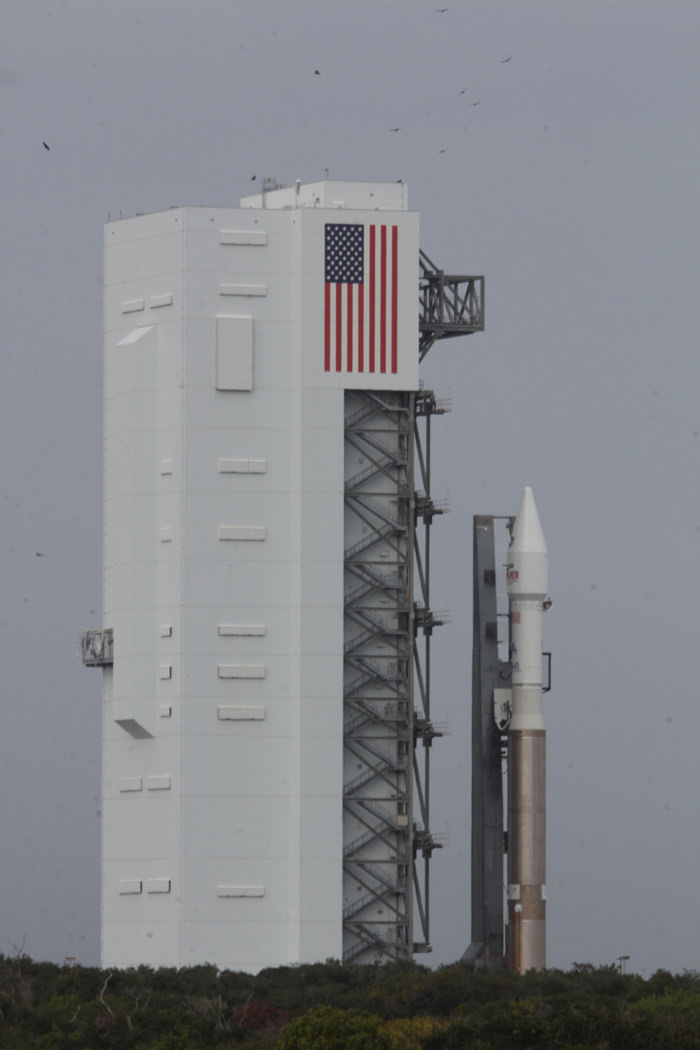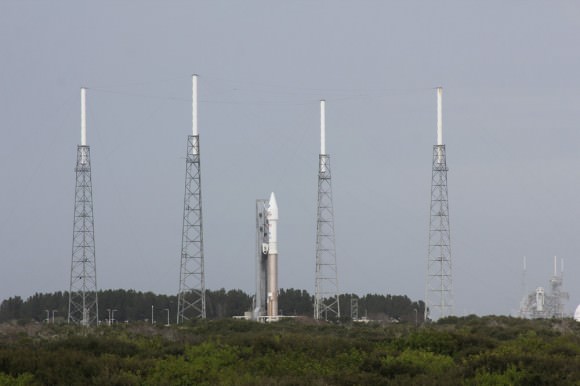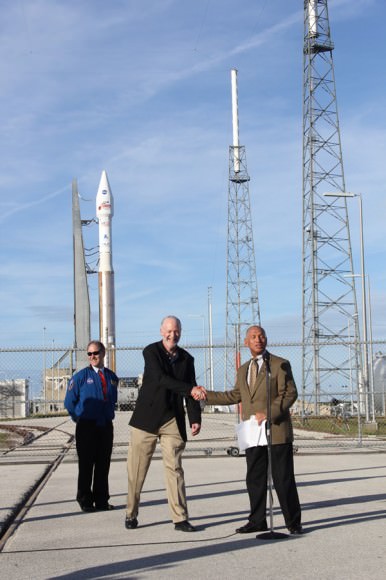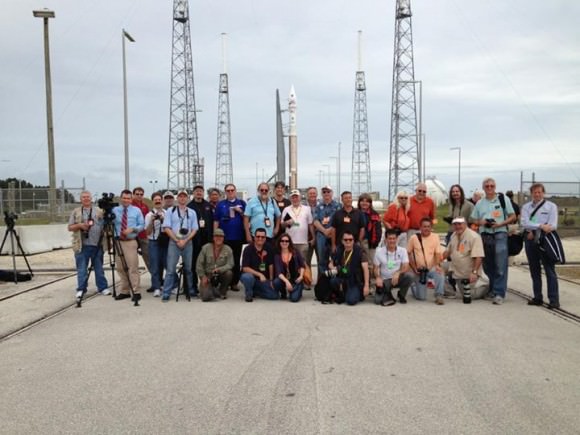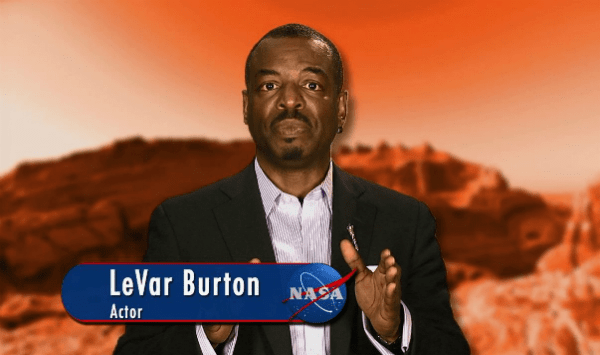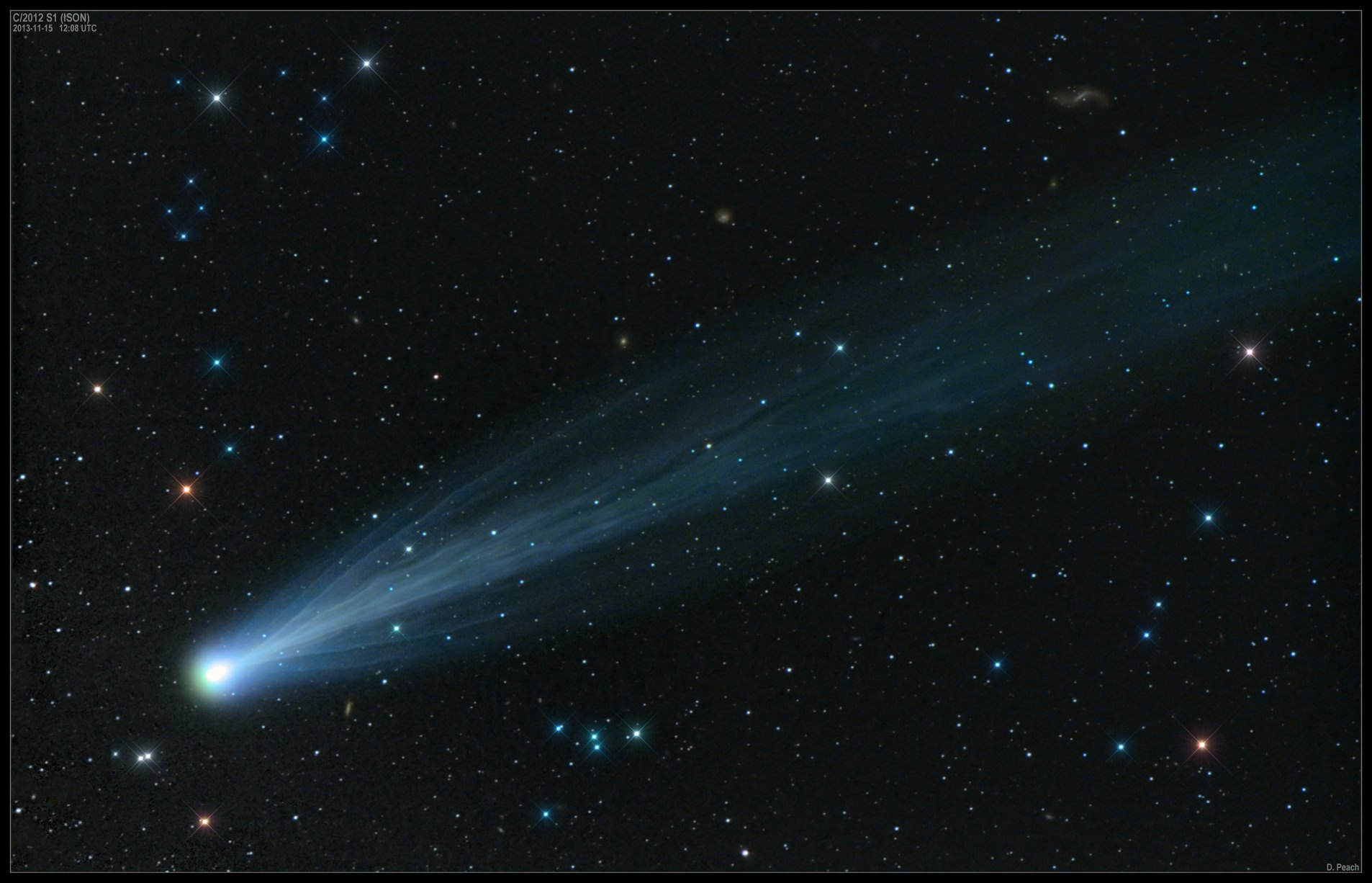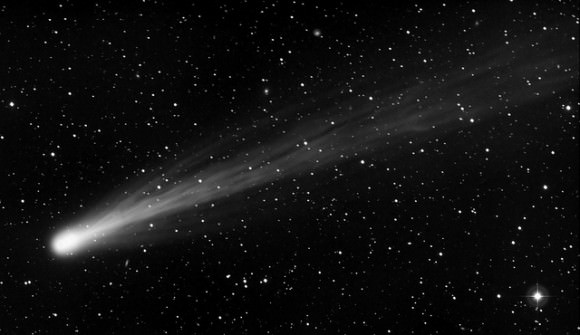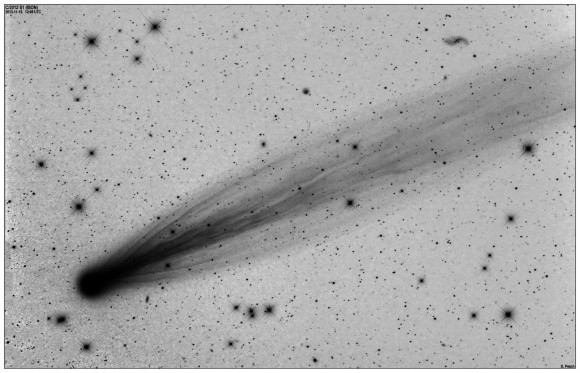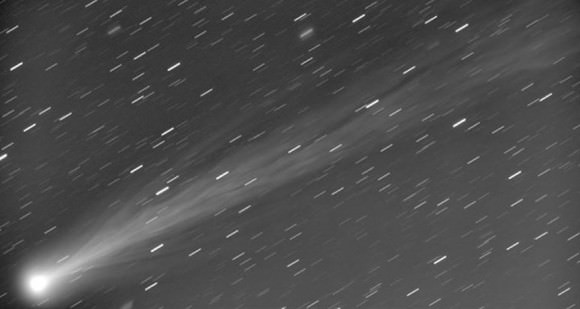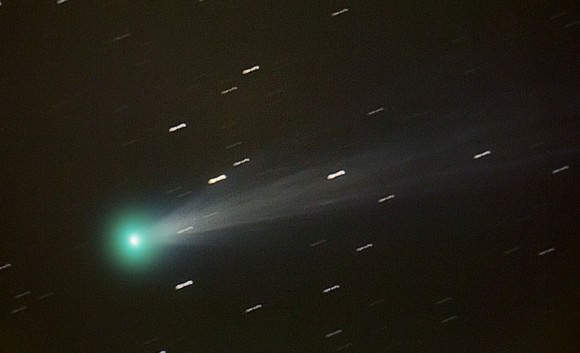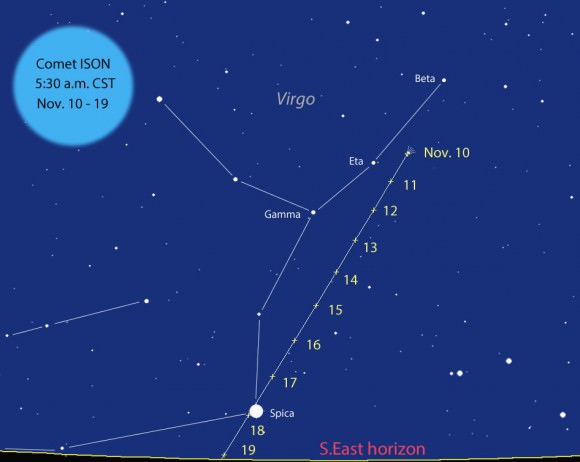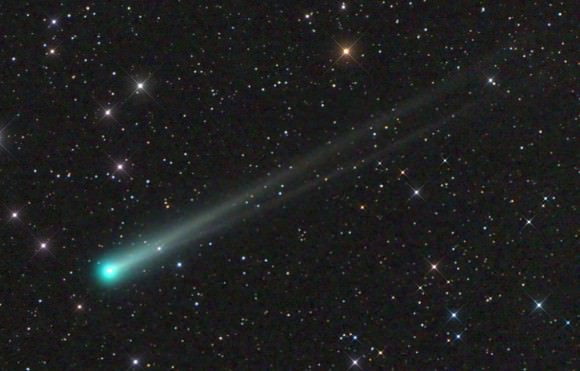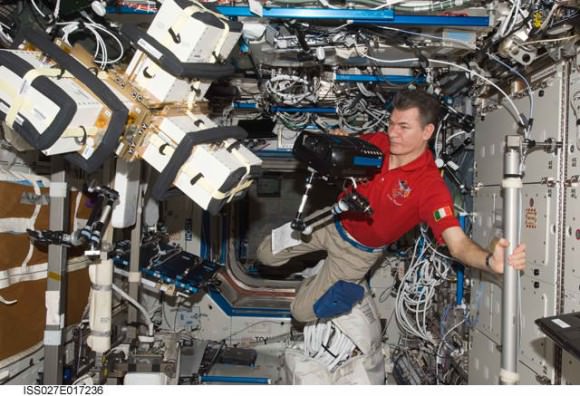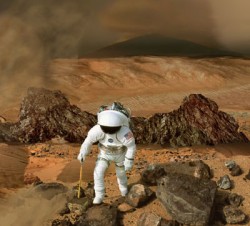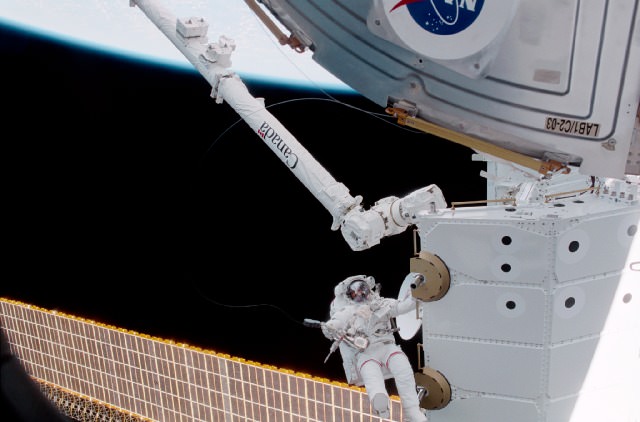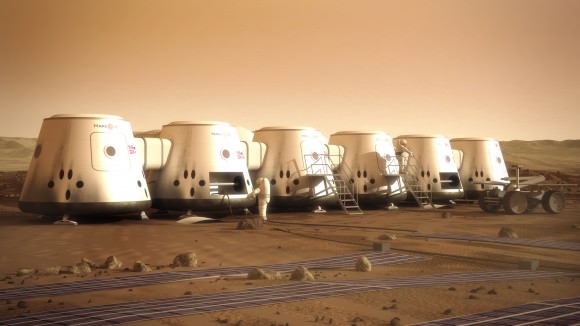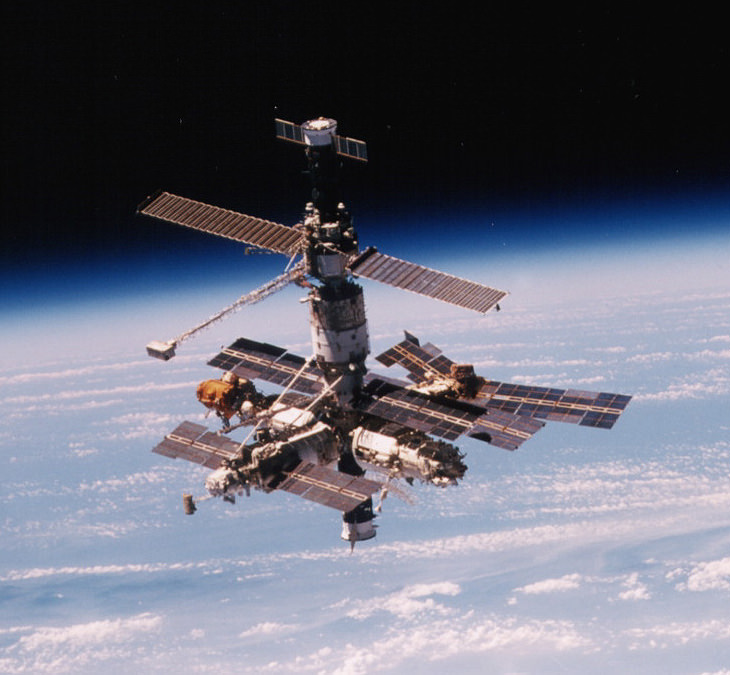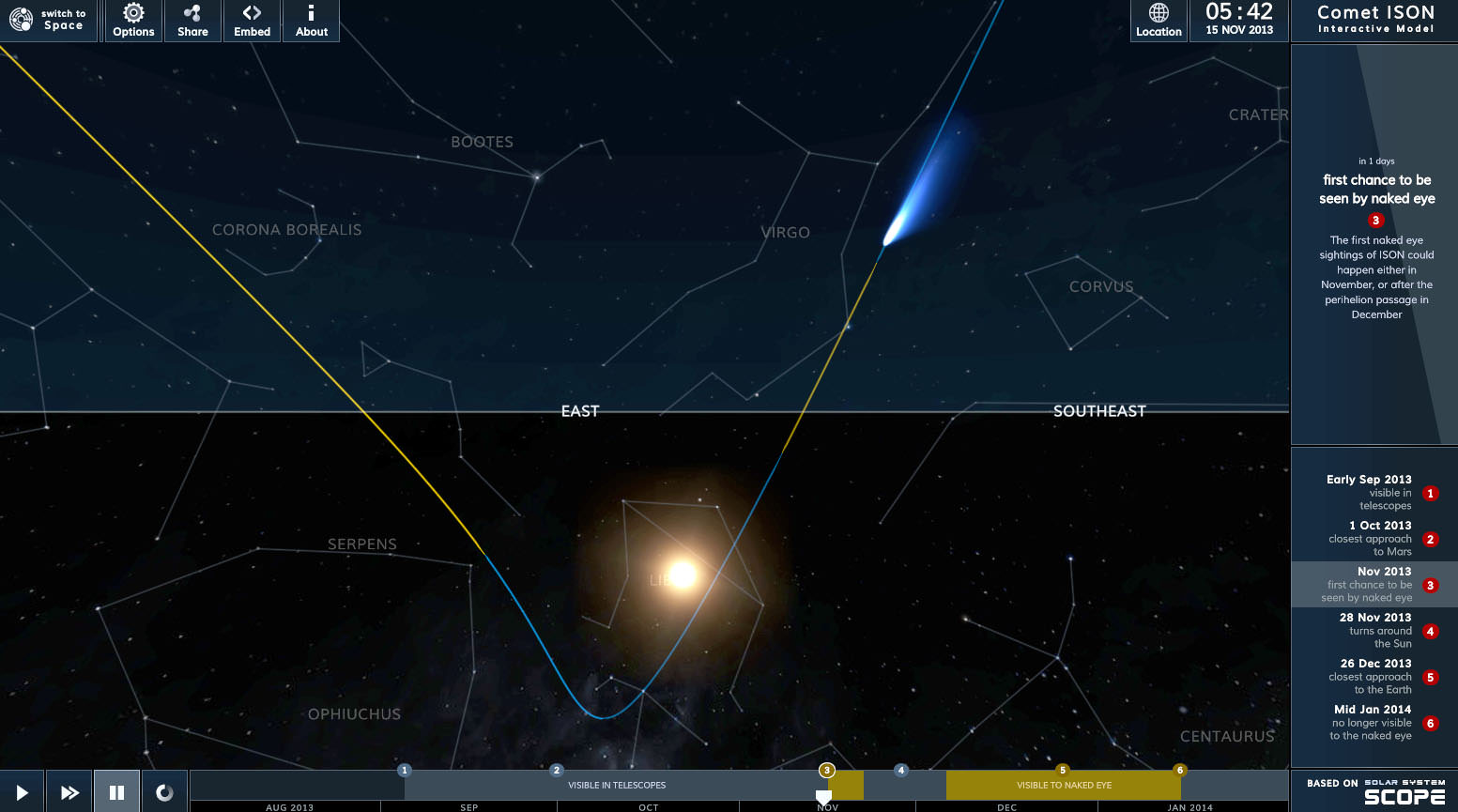As NASA Social attendees gather for NASA’s Mars Atmosphere and Volatile EvolutioN (MAVEN) spacecraft’s date with space today, NASA administrator Charles Bolden recalled that time in October when it looked like MAVEN may have had to lose its launch window for two years because of the government shutdown.
“It was a very complicated process that we were engaged in, back in Washington, where the term used was ‘accepted activity’,” Bolden said in an interview with Universe Today.
For launch preparations to proceed during that 16-day shutdown, Bolden and other officials engaged in the mission needed to make the case that MAVEN was vital. The mission’s science focus, examining the atmosphere of Mars and tracking down the planet’s lost water, is usually what is talked about when justifying its activities to the public.
It was a different argument, however, that got MAVEN’s launch preparations on track: “imminent risk to life or property,” Bolden said, specifically with regard to its role in sending huge data files from the Curiosity and Opportunity rovers on the surface (as well as the forthcoming Mars 2020 rover, if that gets off the ground.)
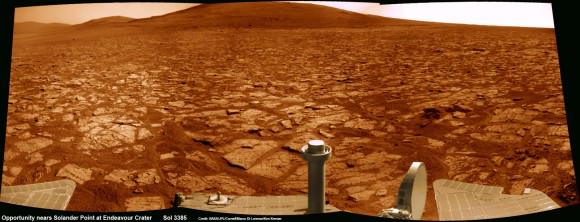
“If we had lost the opportunity to launch MAVEN, we had to slip another two-year period of time, and during that period of time it was likely that the current communications relays working on Mars would die because the ones that were there were over their current design lifetime,” Bolden said, referring to the Mars Reconnaissance Orbiter and Mars Odyssey.
Launch work was halted for a couple of days, and then more time had to be spent bringing the crew back in to prepare the spacecraft, but Bolden said the parties involved were able to “make it up without any major problem.” Other programs, however, took a hit. Bolden said there has been a loss in confidence in NASA workers getting the Orion human spacecraft and next-generation Space Launch System ready for a crewed mission late this decade. Bolden cites Orion as a stepping stone for NASA’s dream of sending astronauts away from Earth, including Mars missions.
“The biggest impact, to be quite honest, was not on the program but on the people,” he said. “Their attitude towards working in the government is they’re very proud of what they do, they know they do an exceptional job, and they felt the Congress — at the time — didn’t have respect for what we do. We’re spending a lot of time now trying to repair some … morale.”
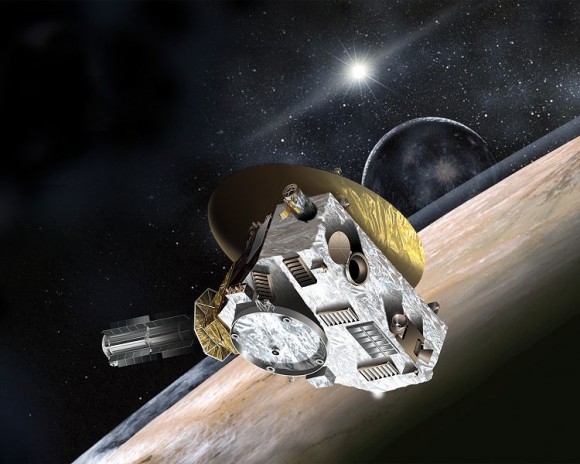
Another one of Bolden’s tasks these days is to allay concerns in the planetary science community that the focus on Mars may be coming at a detriment to the outer planets. NASA’s planetary science budget took a big hit in fiscal 2013 and some critics say the agency’s focus now is on developing Mars missions over those to the other planets.
“My response has been, and continues to be, what we’re trying to do is we’re trying to figure out better ways” for the planetary science community to participate, Bolden said.
Characterizing the multi-billion dollar missions such as Cassini as “a thing of the past,” Bolden said the agency is now looking at creating missions that are smaller, but more technologically advanced than the behemoth missions NASA used to send when its budgets weren’t quite so tight. He added that he feels the smaller missions could still accomplish the objectives of the larger ones.
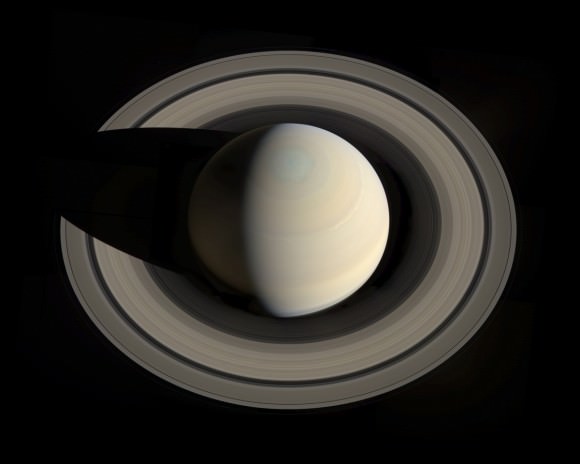
“I would hope that the scientific community … will help us define ways that we can design and build satellites that we can fly on a more frequent basis, that cost us a little less money, so you end up getting the same amount — if not more — of data,” Bolden said. He also cited more frequent missions as a boon to inspiring younger students for science, since the big missions might have a gap of 10 or more years between them.
Bolden, a former astronaut, commanded the STS-45 mission in in 1992 that did Earth atmospheric science of its own using the payload ATLAS-1. “I think I have bored the Mars atmospheric scientists to death relating it to what we’re hoping to do with MAVEN in the upper atmosphere,” he joked, but added the science is somewhat related.
NASA hopes MAVEN will help scientists better understand “what happened with the upper atmosphere of Mars that went it to go from green and fertile, to where it is today — a cold, icy planet,” he said. “In doing so, we hope we’ll learn about our own planet.”
MAVEN’s launch window opens at 1:38 p.m. EST (6:38 p.m. UTC) today (Nov. 18). The only major issue NASA was working at the time of the interview (roughly 6 a.m. EST, or 1 p.m. UTC) was weather, which was only 60% go, Bolden said.

